You've over complicated things - the two receive coils just need to be series wound antiphase and fed through a non-centre-tapped transformer although you could get-away without a transformer in some applications.
For the transmit coil you have used two with each located quite close to each receive coil. You only need one transmit coil and that can be positioned centrally between the two receive coils for this to work effectively. And, you don't have to use a transformer to drive the single central coil.
I see you are running at 300 kHz so I'm guessing this is some kind of food/pharmaceutical drop-thru detector because that tends to be the default operating frequency. If so then scrap the idea of multiturn coils and go for single turn coils. For the oscillator, this will produce a typical inductance of several hundred nano henry and can be "driven" and tuned to produce several amps. More current means a stronger magnetic field and better sensitivity.
Fewer turns on the receive windings means less problem when trying to phase-out product effects (but do use a graphite shield).
If you are concerned about my credentials in giving this advice and, assuming that this is the type of application I mentioned above, here's one I designed earlier (circa 2006): -




